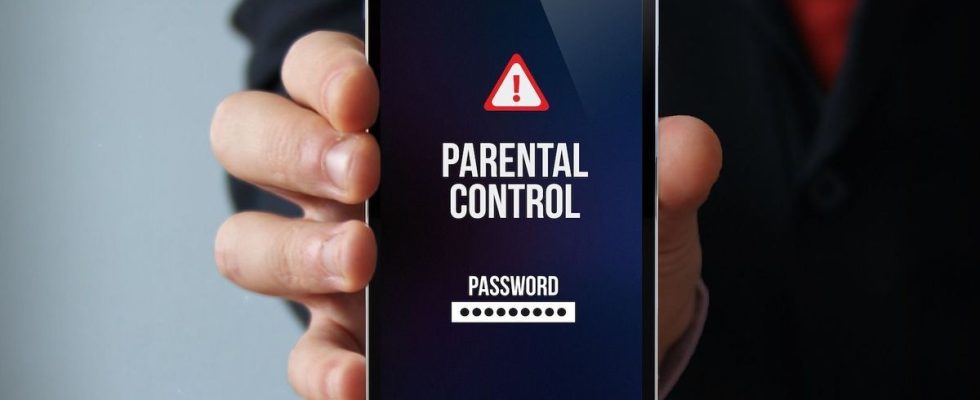Published on
Updated
Reading 2 mins.
It’s official: from July 2024, manufacturers of connected devices will be required to install an easily accessible and configurable parental control tool by default on all of their production. The aim is to protect the youngest from excessive use of certain applications, but above all from excessively violent or pornographic content.
A decree implementing article 1 of the law of March 2, 2022 has just been published in the Official Journal. The goal is to be able to activate a parental control device free of charge, from the first commissioning of the equipment. Under no circumstances should the personal data of minors collected or generated during the activation of this device be used for commercial purposes. Manufacturers who do not comply with the law will face an administrative fine.
Protecting young people from digital dangers
This law was drafted to protect minors “content likely to harm [leur] physical, mental or moral development”. This particularly concerns violent and pornographic images, which are usually prohibited for those under 18.
It should be noted that with regard to smartphones, widely acclaimed by adolescents, the government has encouraged the development of a parental control system carried out by the telecoms industry in agreement with child protection associations. In particular, it will make it possible to limit access to certain content according to the age of the child, according to predefined levels (3, 7, 12, 16 and 18 years old). This system could be validated by the end of 2023. Above all, it would provide, by default, even greater protection than that offered today by Apple and Google.
Digital well-being
Now, if your child has an iPhone, you can take advantage of Screen Time’s Content & Privacy Restrictions feature. It allows parents to block or limit access to certain applications and features on the child’s device. Apple also allows you to restrict access to certain types of content (music, video clips, films, series, etc.) and to prevent you from making purchases in the App Store and the iTunes Store.
For its part, Google offers a parental control application called Family Link, but you have to download and install it on your smartphone. Thanks to it, parents can “supervise” their child’s Google account and even geolocate it at any time. By default, Android only offers the “Digital well-being and parental control” tool, which only provides access to phone usage statistics and options for limiting the usage time of each application. .
Note that, even if tomorrow access to a parental control program is simplified, adults will always be free to activate it or not and to configure it as they wish.
